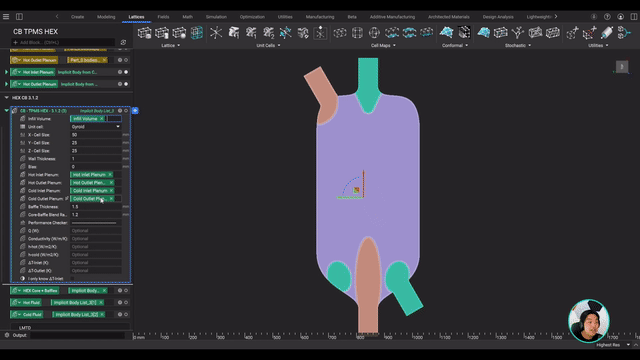Focus on requirements: Transforming shapes into engineered products

Written by John Barnes
Published on April 3, 2020
Additive Manufacturing (AM) is transformative, enabling people from diverse backgrounds into a manufacturing mindset. It enables creative and new approaches to safety as we are currently seeing with the push to fill medical supply shortages and create safer football helmets.
Individuals are able to solve problems, or at least think about solutions to problems, that they would not have otherwise felt capable to solve. However, this enablement isn’t entirely free or easy. Parts have requirements and often it means more than just making a shape.
Many people view AM as just the process of 3D printing something – a shape. But what about the requirements of this shape? Is it hollow? Is it strong enough? What material is it? It is not surprising that when we talk about design for 3D printing, people still often tend to think about form versus fit and function. In an engineering context, form, fit and function are all characteristics of the part performance. Some call them requirements. So, when we need to think about designing for the process, the term Design for Additive Manufacturing (DfAM) is used a lot, but few people define it the same way.
DfAM is viewed by many as “Design for 3D Printing”, which means it only looks at the additive or the “build” portion of the process, not the entire manufacturing process chain that is necessary to realize a ready to use, finished part. A product that will meet form, fit and function.
The reason for this mischaracterization is likely two-fold:
1) Early uses of AM technology – AM’s earliest established position was rapid prototyping, which often primarily involved only the printing portion of the process. The technology has matured and so should the terminology and its usage, as AM is considered for manufacturing finished products that are ready for use.
2) Education – AM is not broadly taught to engineering or design students yet; so, more attention is required for successful implementation of AM. This includes knowledge that is not yet widespread in the industry and varies significantly between the various AM processes. DfAM, therefore, has historically been the AM-specific portion of the design for manufacturing process, but it needs to be considered more broadly.

Teaching at Carnegie Mellon University.
There is a saying that complex things fail in complex ways. Medical devices or football helmets are used for safety and have complex requirements. It would be simplistic to think those complex requirements can be met be simply making a shape. Consider the requirements and the ENTIRE manufacturing process flow so that we can achieve successful, and easily accepted, Design for Additive Manufacturing solutions.

John Barnes
John Barnes is the Founder of The Barnes Group Advisors, the leading independent consultancy and training provider in additive manufacturing. Previously, he was Vice President of Advanced Manufacturing & Strategy at Arconic. Prior to Arconic, he was Director of the High Performance Metals Program for the CSIRO, the national science agency for Australia. His aerospace background includes lengthy positions at Honeywell Engines and as Senior Manager for Manufacturing Exploration and Development at Lockheed Martin Skunk Works. John has 14 US or International patents and patent applications, has given numerous invited presentations and is published internationally. He is an AM Advisor to the Society of Manufacturing Engineers (SME), was awarded Purdue University’s Outstanding Materials Engineer of the Year in 2014 and the Entrepreneur Award from the CSIRO in 2015. He serves as an adjunct professor at Carnegie Mellon University and RMIT University. In 2019, America Makes made him an AM Ambassador reflecting on his contributions to the field. He also serves on the Executive Committee for America Makes. John holds a B.S. in Materials Science and Engineering and an M.S. in Metallurgical Engineering from Purdue University.
Related content
- VIDEO
Sneak peek into the nTop + Autodesk Fusion 360 integration
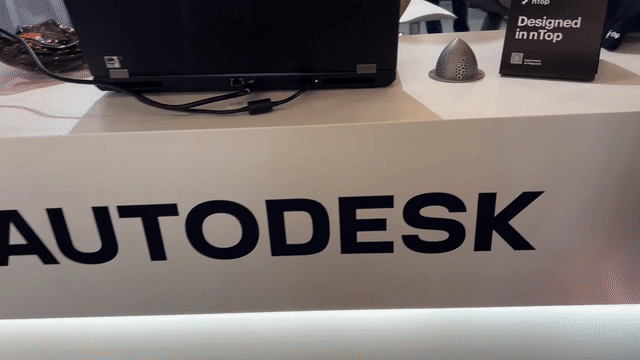
- ARTICLE
Optimizing thermal management with conformal cooling to extend operational life
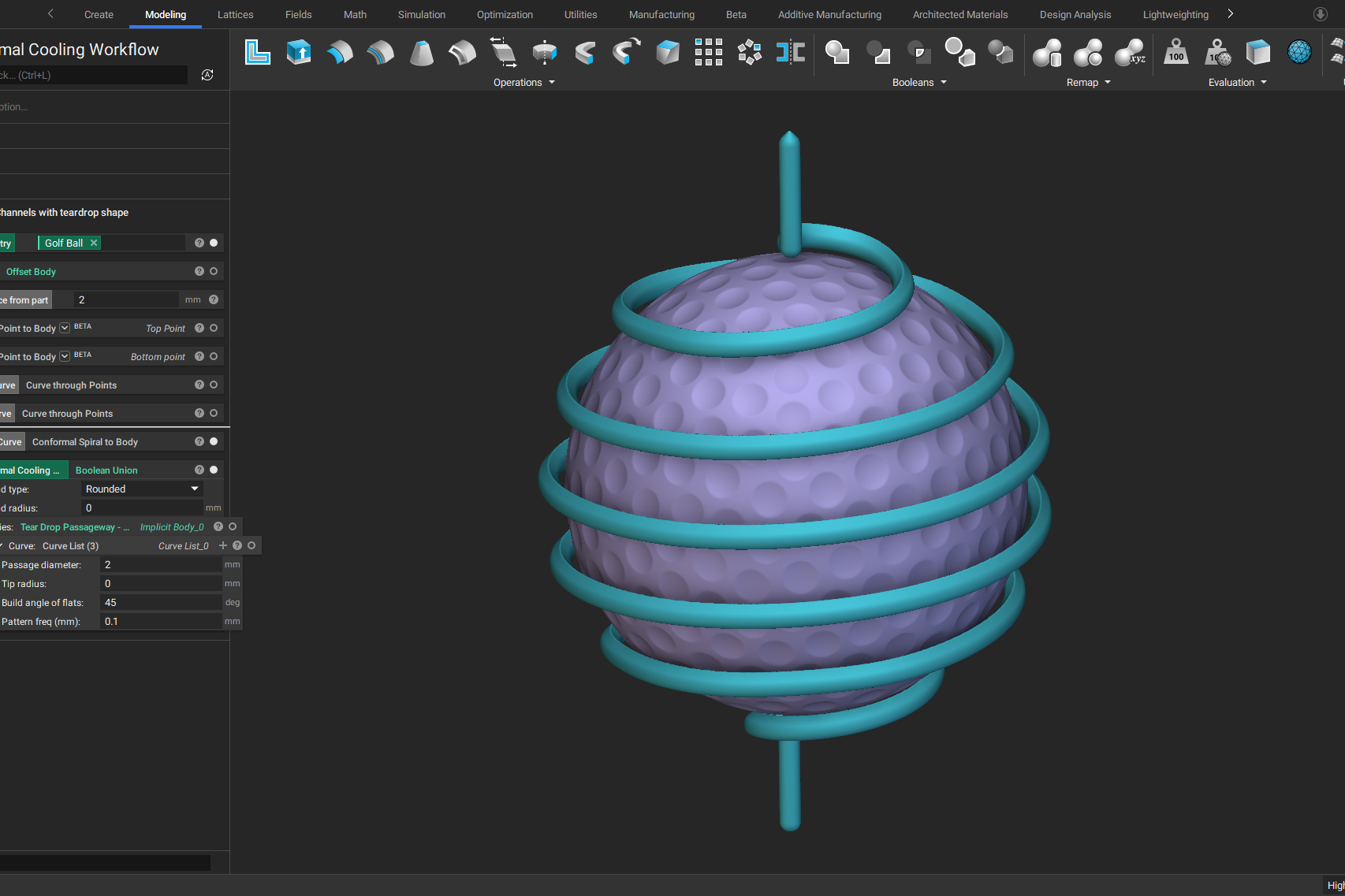
- ARTICLE
Advancing structural performance of aerospace heat exchangers
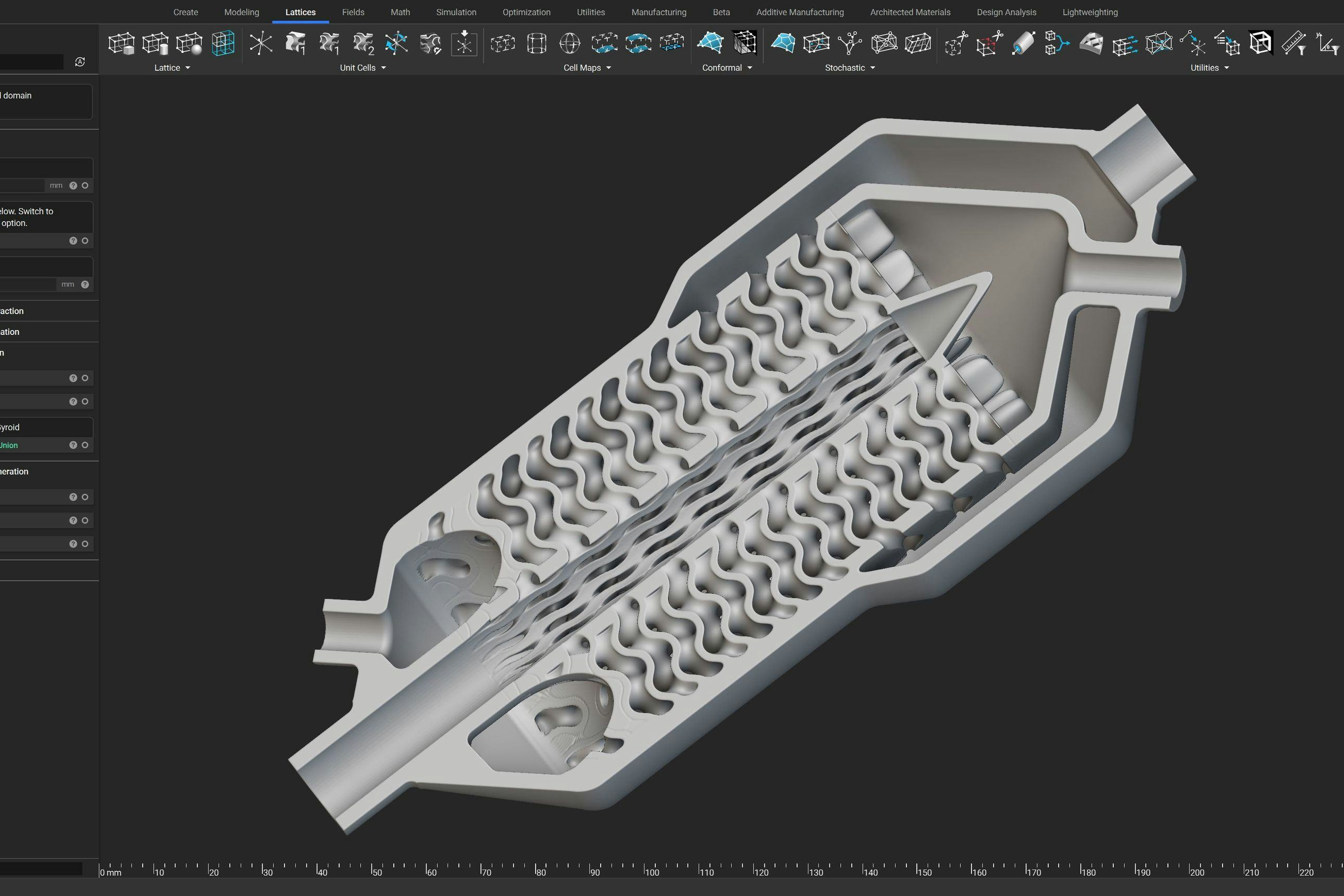
- VIDEO
Design a spooky Halloween candy bowl in nTop
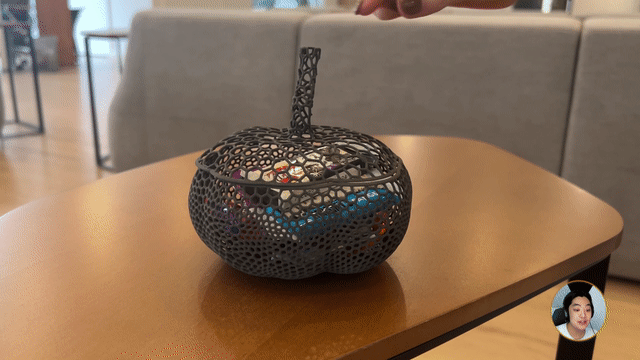
- VIDEO
5 reasons why you should use nTop to create heat exchangers
